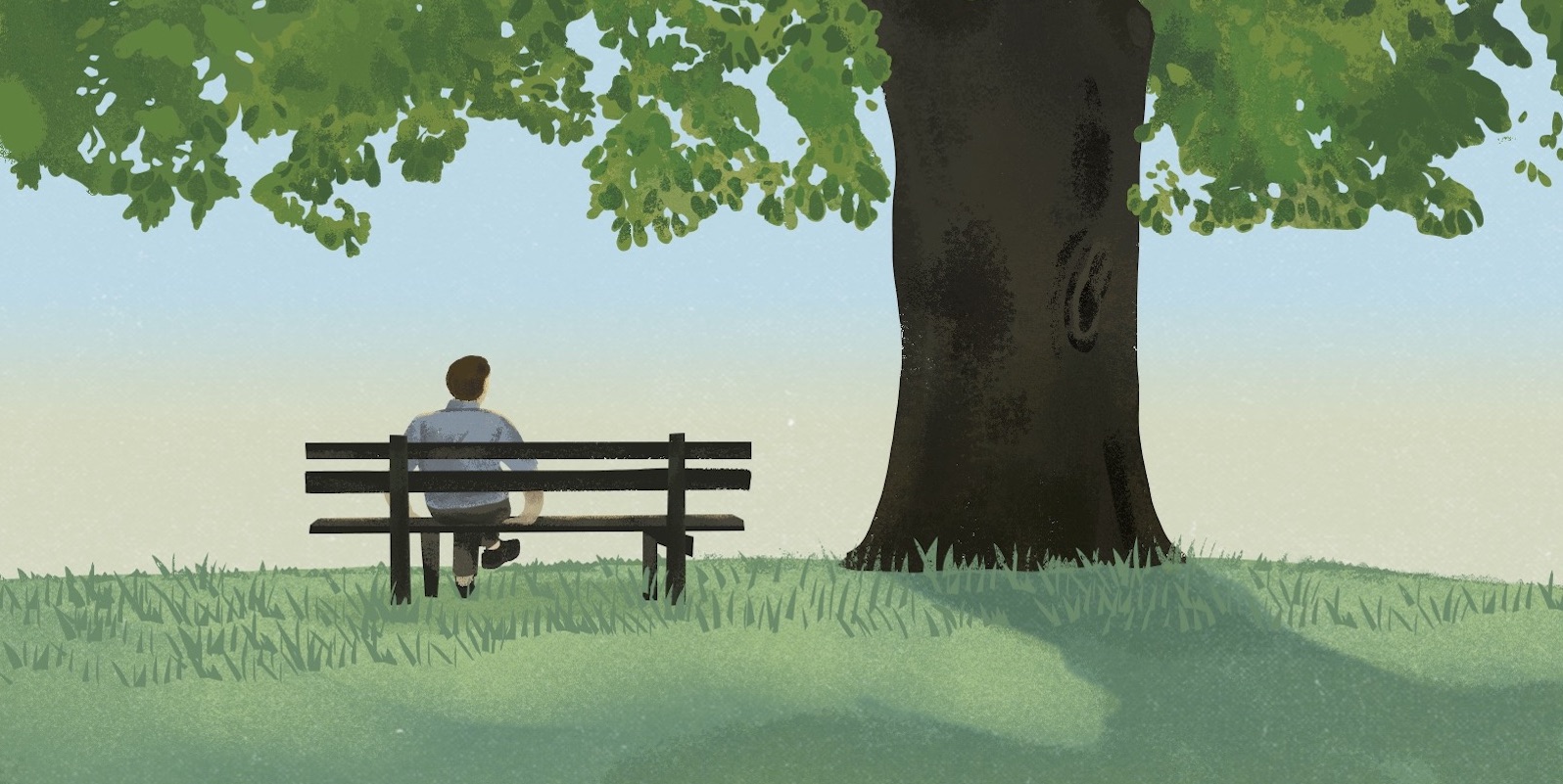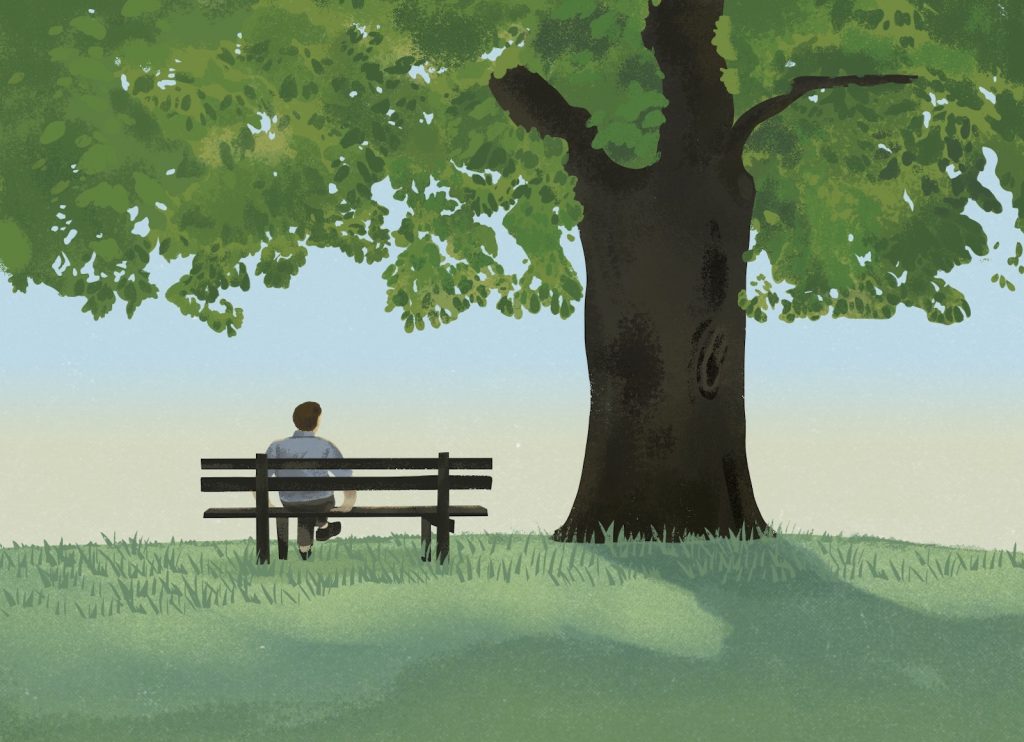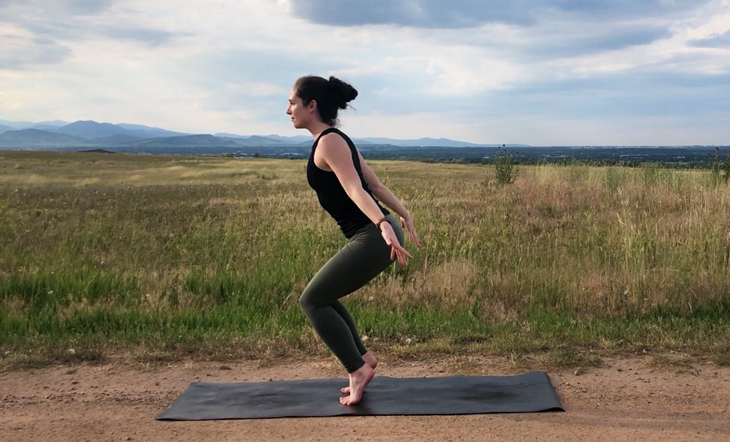Best of the Haiku Challenge (August 2023)
Announcing the winning poems from Tricycle’s monthly challenge The post Best of the Haiku Challenge (August 2023) appeared first on Tricycle: The Buddhist Review.

Announcing the winning poems from Tricycle’s monthly challenge
By Clark Strand Sep 23, 2023 Illustration by Jing Li
Illustration by Jing LiToward the end of his life, the Japanese poet Kaneko Tota (1919–2018) wrote: “In today’s world of haiku, it seems to me that old-fashioned labels such as new or old generations or traditional or modern styles are disappearing, and that a new criterion of classification has emerged instead—that is, animists or non-animists. In my opinion, genuine haiku poets will eventually find themselves animists.” The winning and honorable mention poems for last month’s challenge reveal a world where everything we see is playfully sentient and alive.
Michael Flanagan explores a liminal space where the myriad beings of the natural world are always “greeting” one another. Kathy Fusho Nolan’s ducks “have worked enough to relax” for the remainder of a summer afternoon.Kelly Shaw finds a dynamic lifeforce in the jumble of sandy footprints next to the “blue eternity” of the sea.
Congratulations to all! To read additional poems of merit from recent months, visit our Tricycle Haiku Challenge group on Facebook.
You can submit a haiku for the September challenge here.
***
WINNER:
summer afternoon
the silhouette of my chair
runs to greet the oak
— Michael Flanagan
A good haiku is like a magic trick that leaves us wondering how the rabbit got into the hat. How could the poet pull so much nuance and emotion out of a 17-syllable poem?
The length of a summer afternoon. The heat of the sun. The relaxed, somewhat drowsy torpor that sets in as the day goes on. The poet hasn’t mentioned any of these directly. Nevertheless, he implies them through figurative language: the silhouette of my chair runs to greet the oak.
It takes a moment to realize that the “silhouette” is a shadow. Skewed by the slant of the afternoon sun, it covers the distance between the chair and the oak. The acceleration of time implied by “run” provides the haiku humor of the poem.
Has the poet dozed off in the heat, waking to find that the day is nearly over? The suddenness of that perception might account for the “quickness” of the shadow. But there is a deeper magic at work.
We humans are busy, headstrong creatures, ruled by purposeful, productive activity that often distracts us from what is happening in the natural world. A summer afternoon when it is too hot to do anything but lounge in a lawn chair opens doors of perception that we normally keep shut.
The Japanese haiku master Takahama Kyoshi believed that the true purpose of haiku was son-mon, or “greeting.” According to his granddaughter, Teiko Inabata, Kyoshi believed that “haiku poets can have son-mon with any being in nature from pebbles to mountains, rivers, clouds in the sky.” But to have that experience requires that they enter a realm where, not just human begins, but all beings are constantly greeting and interacting with one another.
Drowsing in his lawn chair on a summer afternoon, the poet falls into a liminal state where, as the Lankavatara Sutra puts it, “things are not what they seem, nor are they otherwise.” There are no objects in that realm, only subjects. And everything—even a shadow—is alive.
HONORABLE MENTIONS:
The ducks on the dock
Have worked enough to relax —
Summer afternoon
— Kathy Fusho Nolan
a ruckus of sand
next to blue eternity
summer afternoon
— Kelly Shaw
♦
You can find more on August’s season word, as well as relevant haiku tips, in last month’s challenge below:
Summer season word: “summer afternoon”
it can lift a cloud
but it cannot lift a stone
summer afternoon
According to the National Weather Service, a fair-weather cumulus cloud weighs on average around 1.4 billion pounds. Picking up a beach pebble, I was struck by the obvious paradox: the sky that could lift a cloud was powerless to lift a stone.
That thought seemed consistent with the feeling of lassitude brought on by the heat, so I chose the season word “summer afternoon” for the last line, rather than the more obvious choice of “summer sky.”
Submit as many haiku as you wish that include the season word “summer afternoon.” Your poems must be written in three lines of 5, 7, and 5 syllables, respectively, and should focus on a single moment of time happening now.
Be straightforward in your description and try to limit your subject matter. Haiku are nearly always better when they don’t have too many ideas or images. So make your focus the season word* and try to stay close to that.
*REMEMBER: To qualify for the challenge, your haiku must be written in 5-7-5 syllables and include the words “summer afternoon.”
Haiku Tip: Enjoy The Challenge of Working In a Fixed Form!
Working in a fixed poetic form like haiku offers unique challenges and rewards. The challenges are enough to keep people interested in haiku for decades on end. The rewards are such that even poets who mostly write longer free verse poetry find that the satisfaction of crafting a successful poem in 5-7-5 syllables keeps them coming back for more.
One of the greatest challenges of working in the haiku form is that, because of the season word, one always has FEWER than seventeen syllables of freedom. With a word like “summer afternoon,” the first or last line of your haiku has already been written, and so it remains only to decide what to do with the other two.
Because there are so many five-syllable season words in the vocabulary of traditional haiku, this is an issue that Japanese poets run into all the time. But you won’t find Japanese haiku poets complaining about five-syllable season words like semi no koe (“locust cry”). They know from the start that the challenge is to find a meaningful juxtaposition for that image.
If I had one piece of advice to offer for this month’s challenge, it would be this. Take a sheet of paper and write the words “summer afternoon” at the top. Then experiment with ten to twenty different beginnings or endings of a haiku using those five syllables. You may even find a way to sandwich them into the middle line and still come up with an effective haiku. The trick is to be persistent, but also playful. If you tire of this exercise after five or ten minutes, set your “haiku scratchpad” to one side and come back to it later.
If you keep at it, I can guarantee that you will eventually zero in on one or two really good ideas. When that happens, take out a fresh sheet of paper and write your best version of that poem at the top. Continue playing with it until the syllables line up to express the thought or feeling you were after.
A note on summer afternoons: In his book Haiku World, William J. Higginson writes that summer afternoons relate to the “general slowing of activity” during the hottest months of the year. It belongs to a category called “the season,” which includes words descriptive of the general climate, qualities of light, and the length or shortness of the day. In haiku poetry, summer afternoons suggest a feeling of drowsiness, torpor, boredom, or the pleasant feeling of not having much to do but relax and enjoy the day.
![]()
Thank you for subscribing to Tricycle! As a nonprofit, we depend on readers like you to keep Buddhist teachings and practices widely available.
This article is only for Subscribers!
Subscribe now to read this article and get immediate access to everything else.
Already a subscriber? Log in.

 Tfoso
Tfoso 






























